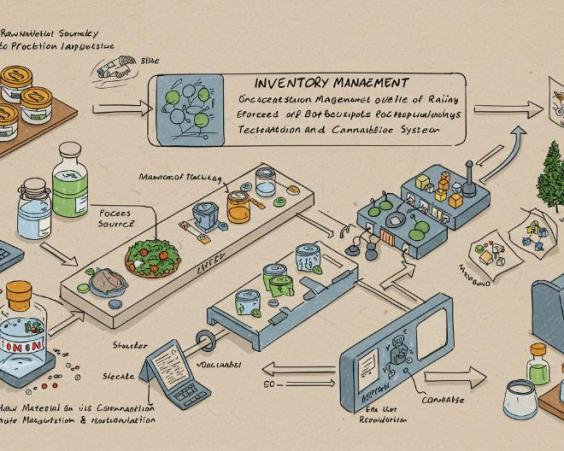How to Manage Inventories for Exports Without Overcosts
Inventory management is a crucial aspect in any business involving the export of products. Inadequate inventory management can generate overcosts, delivery delays, and a loss of competitiveness in the international market. In this article, we will explore the best practices for managing inventories efficiently and reducing overcosts in exportation.

Understanding the importance of inventory management in exportation
Inventory management is the process of planning, organizing, and controlling the levels of stock of products and materials in a business. In exportation, inventory management is even more critical due to the complexity of shipping and delivery processes at long distances. Inadequate inventory management can generate:
- Delays in product delivery
- Overcosts for storage and inventory handling
- Loss of business opportunities due to lack of stock
- Deterioration in customer relationships due to lack of order fulfillment
Best practices for managing inventories efficiently
Here are some of the best practices for managing inventories efficiently and reducing overcosts in exportation:
1. Demand analysis and production planning
It is essential to carry out a demand analysis to determine the appropriate stock levels and plan production efficiently. This may include the use of data analysis tools and collaboration with sales and marketing departments to obtain information on demand trends.
2. Implementation of an inventory management system
An inventory management system can help automate and optimize inventory management processes. This may include the use of inventory management software, the implementation of a barcode system, and the use of sensors and cameras for monitoring stock levels.
3. Supply chain optimization
Supply chain optimization is essential for reducing overcosts and improving efficiency in inventory management. This may include negotiating with suppliers, implementing a just-in-time system, and using logistics technologies to improve delivery speed and efficiency.
4. Continuous monitoring and adjustment
It is essential to continuously monitor and adjust stock levels and inventory management processes to ensure that the company's objectives are being met. This may include conducting data analysis, identifying areas for improvement, and implementing changes to optimize processes.
Inventory management is a critical aspect in the export of products. Inadequate inventory management can generate overcosts, delivery delays, and a loss of competitiveness in the international market. By implementing the best practices for managing inventories efficiently, companies can reduce overcosts and improve efficiency in exportation.
Remember that inventory management is a continuous process that requires constant monitoring and adjustment. By following the recommendations presented in this article, you can improve efficiency in inventory management and reduce overcosts in exportation.





